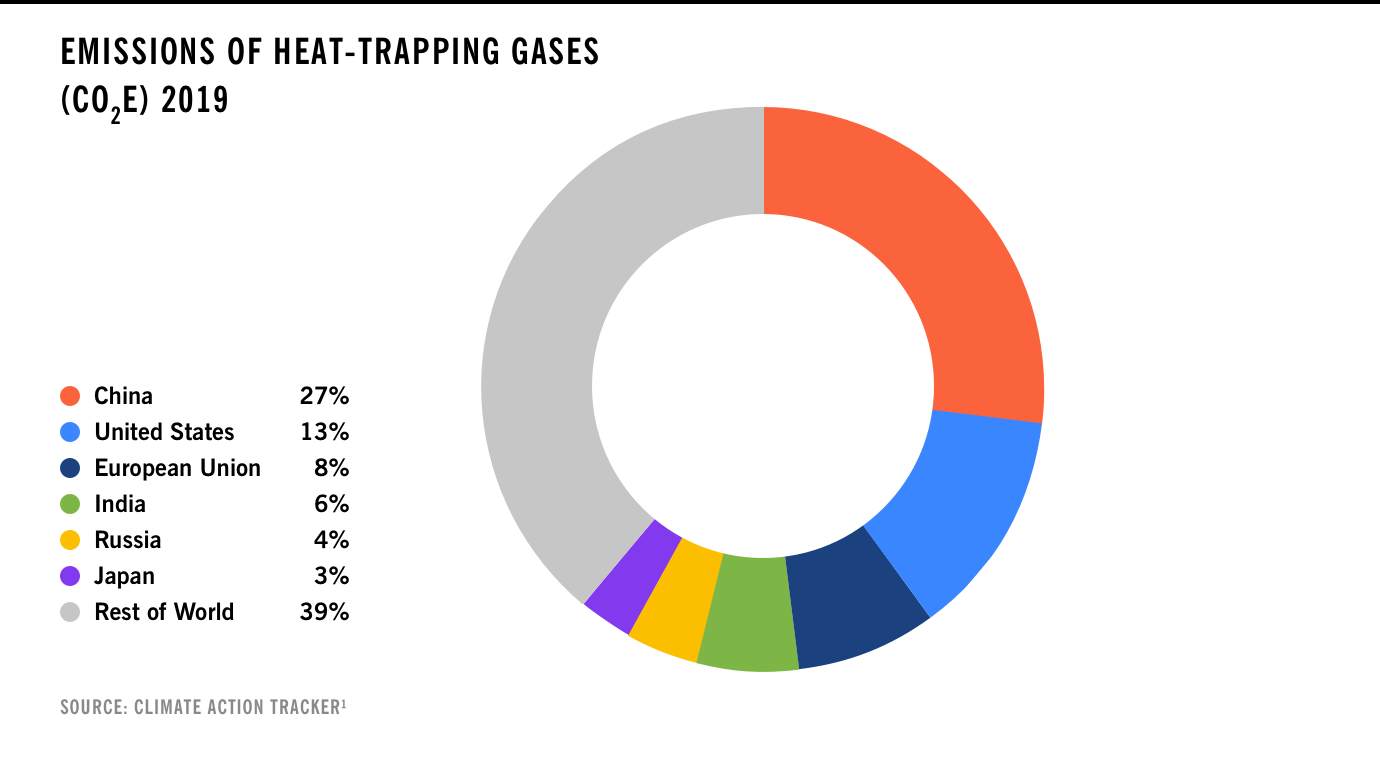7055 SOH LEADING IN COMPLEX HEALTH SYSTEMS ASSIGNMENT SAMPLE 2023
Introduction
- Innovation within healthcare drives not only economic growth but enhances efficiency and optimizes patient outcomes.
- Lack of early detection tools has adversely affected the quality of health care providers to the elderly people within the aged care.
- The aim of the study focuses on the identification and implementation of early detection tools within healthcare settings.
The Healthcare system strengthens the economic backbone of the country. Organizational culture plays a dominating role in enhancing organizational productivity through the provision of quality services to the patients. The current study highlights the issue of increased deterioration of the health of the elderly patients within healthcare due to a lack of early detection healthcare tools.
The current study thereby focuses upon implementation of change innovation specifically the implementation of early warning tool significant 7 to effectively assess the health of the patients.
Innovation approach within the health care setting
- Qualitative patient health assessment and care is of the utmost importance for the healthcare setting.
- Significant 7 warning tool and training programme has been implemented within the health care setting to assess and provide quality care to the patients (Little et al. 2019).
- The tool implemented addresses 7 signs of health deterioration by focussing on patient’s mood, hydration, breathing, toilet, pain and confusion.
Healthcare homes for elderly people have been associated with the provision of personal care and health assessment to people in need. Health care personnel are invested with the responsibility to monitor and implement intervention strategies for better health outcomes.

The current organization has focussed upon the implementation of a significant 7 warning tool for early detection of the problem being encountered by the patient during their stay within the care home. Such an innovative approach focuses upon reducing the incidence of falls and pressure ulcers by 10% within 3 months.
Factors contributing to the change management within the healthcare
- Patients’ health deterioration is a serious issue of concern that raises questions against the health care provisions (Stouten et al. 2018).
- Lack of early detection tools and training programmes has resulted in adverse patient outcomes.
- Implementation of early warning tools has enhanced care staff knowledge regarding patient care.
The current study in context to implementation of early warning tools has been the direct outcome of the increased health deterioration of the elderly patient within the health care. Lack of knowledge and clarity regarding patient health monitoring and dosage administration has resulted in an increased rate of suffering and pain among the patients.
The organization and change innovation approach through the implementation of early warning tools has contributed towards enhancing staff knowledge on patient care thereby resulting in overall health improvement.
Application of change management perspective
- Change innovation within the healthcare setting has focussed upon the application of process mapping and the PDSA approach method.
- Stakeholder engagement has been prioritised to enhance the rate of clinical efficacy (Lv and Zhang, 2017).

Change management procedures within an organization involve multiple steps that require a cooperative and collaborative association and engagement from the stakeholders associated with the Organization. Implementation of early warning tools for effective monitoring of patient health care has focussed upon application of process mapping and PDSA (Plan- Do- Study- ACT) approach to identify the current organizational activities and the areas of improvement.
As stated by analysis of the current organizational culture can help in recognizing the areas of improvement and the strategies to be implemented for a better outcome.
Application of change management perspective
- The change management perspective has focused on the implementation of process mapping to identify the bottlenecks existing within the organization (Hamilton et al. 2020).
- Behavioural change interventions were implemented to assess staff engagement in care provision.
- Clinical intervention strategies were implemented within the organization to assess the quality of healthcare.
Organizational change management within an organization as stated by Bejinariu et al. (2017) prioritises the identification of the loopholes and implementation of the procedures that could mitigate the issue at the earliest. The study in context to care provision within aged care has focussed upon identifying behaviour intervention and staff engagement.
The study revealed that the majority of the staff didn’t feel the need for training. While on the other hand lack of knowledge has also been one of the crucial factors in deteriorating healthcare of the elderly patients. Early warning tool and training programme implementation has served to enhance the quality of care provided by the staff through effective monitoring of patient health.
Application of change management perspective
- Conduction of process mapping as stated by Knudsen et al. (2019), is helpful in analysing the areas that are to be improved within an organization.
- Change management focussed upon the organization of staff training programmes for better health assessment of the patients.
Change management within the organization has been implemented after the conduction of the process mapping to identify the areas of improvement. PDSA approach has highlighted the need for the training programme of the staff associated with the care provided to the elderly patients.
Training sessions included checklist provision on seven significant warning tools, measures undertaken by them at the time of the emergency. Provision of training certificates to the staff and increased communication with staff members has further resulted in increased staff engagement.
Innovation approach and its implementation: Critical analysis
- Change management within an organization fosters organizational reputation through enhancing its performance (McGaughey et al. 2017).
- Stangholder engagement is vital in enhancing the successful implementation of change management within the organization.
Change management within an organization is crucial in the current competitive ambience that facilitates its success and sustainability. In the current context, issues of healthcare require immediate implementation of innovative approaches that would result in the provision of quality patient care.
Healthcare personnel and the staff are the crucial members who play dominating roles in the provision of quality care to the patients. Staff training and communication is essential for the usage of the health care tool for better patient monitoring. Thus it is highly essential to focus upon the areas of staff knowledge regarding early warning signs of health deterioration among the patients and provision of quality care.
Innovation approach and its implementation: Critical analysis
- Change management theory prioritises the implementation of robust strategies to remove the organizational barrier and enhance its growth (Ala-Laurinaho et al. 2017).
- Positive organizational culture develops the urgency for working towards organization objectives fulfilment (Bejinariu et al. 2017).
- Lack of clarity and staff knowledge has resulted in health deterioration among the elderly patient within the care home.
Organizational culture and the strategies implemented contribute towards organizational success. Positive organizational culture motivates employees and stakeholders to contribute towards organizational betterment. While on the other hand negative organizational culture for instance communication gap, lack of staff knowledge and clarity affect staff performance.
The main issue regarding the deteriorating health condition of the patient had been due to a lack of effective monitoring strategies and staff confidence. However, 7 warning tools and training programmes have served to be effective in successfully addressing and mitigating the issues.
Innovation approach and its implementation: Critical analysis
- Implementation of innovative approaches has resulted in better patient care and health monitoring of the patients.
- The training programme has resulted in increased confidence among the staff members.
- PDSA approach should further focus on the implementation of the strategies that would further enhance organizational change management procedures (Jayatilleke and Lai, 2018).

The organizational culture along with existing loopholes acts as a hindrance in organizational growth. However, organizational management should focus on the implementation of change management procedures that would stimulate organizational outcomes and progression. In the current study, the implementation of 7 warning tools and training programmes have resulted in increased staff confidence and better health care and monitoring of the patients.
Conclusion
- Innovative approaches within health care contribute towards a patient’s positive health outcome.
- PDSA approach and process mapping have identified staff knowledge as the loopholes within the system.
- Implementation of 7 significant weaning tools along with training programmes has contributed positively towards enhanced organizational performance.
Change management within the healthcare setting focuses on improving the quality of services through the implementation of better health assessment and monitoring tools. The training programme and implementation of 7 warming tools have resulted in the implementation of strategies that have contributed towards increased staff performance.
References
Journals
Ala-Laurinaho, A., Kurki, A.L. and Abildgaard, J.S., 2017. Supporting sensemaking to promote a systemic view of organizational change–contributions from activity theory. Journal of Change management, 17(4), pp.367-387.
Bejinariu, A.C., Jitarel, A., Sarca, I. and Mocan, A., 2017. Organizational change management-concepts definitions and approaches inventory. In Management Challenges in a Network Economy: Proceedings of the MakeLearn and TIIM International Conference (pp. 321-330).
Hamilton, S., Jennings, A. and Forster, A.J., 2020. Development and evaluation of a quality improvement framework for healthcare. International Journal for Quality in Health Care, 32(7), pp.456-463.
Jayatilleke, S. and Lai, R., 2018. A systematic review of requirements change management. Information and Software Technology, 93, pp.163-185.
Knudsen, S.V., Laursen, H.V.B., Johnsen, S.P., Bartels, P.D., Ehlers, L.H. and Mainz, J., 2019. Can quality improvement improve the quality of care? A systematic review of reported effects and methodological rigor in plan-do-study-act projects. BMC health services research, 19(1), pp.1-10.
Little, S., Rodgers, G. and Fitzpatrick, J.M., 2019. Managing deterioration in older adults in care homes: a quality improvement project to introduce an early warning tool. British journal of community nursing, 24(2), pp.58-66.
Lv, C.M. and Zhang, L., 2017. How can collective leadership influence the implementation of change in health care?. Chinese nursing research, 4(4), pp.182-185.
McGaughey, J., O’Halloran, P., Porter, S. and Blackwood, B., 2017. Early warning systems and rapid response to the deteriorating patient in hospital: a systematic realist review. Journal of advanced nursing, 73(12), pp.2877-2891.
Modranský, R., Jakabová, S. and Oláh, A., 2020. Innovation management and barriers–creating space for innovation and organizational change. Emerging Science Journal, 4(5), pp.345-364.
Stouten, J., Rousseau, D.M. and De Cremer, D., 2018. Successful organizational change: Integrating the management practice and scholarly literatures. Academy of Management Annals, 12(2), pp.752-788.

